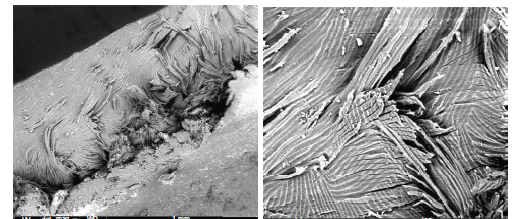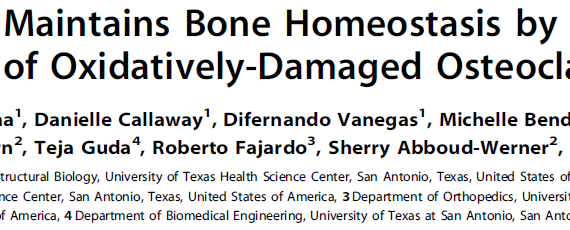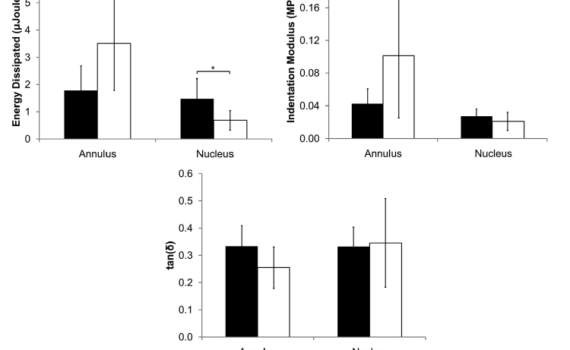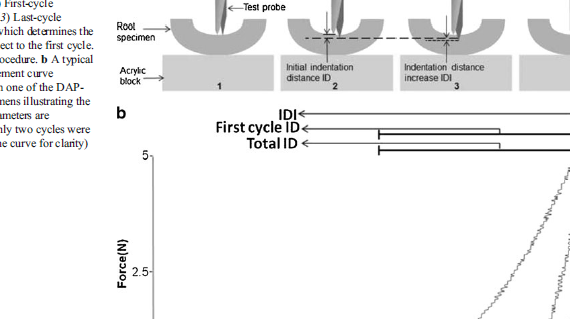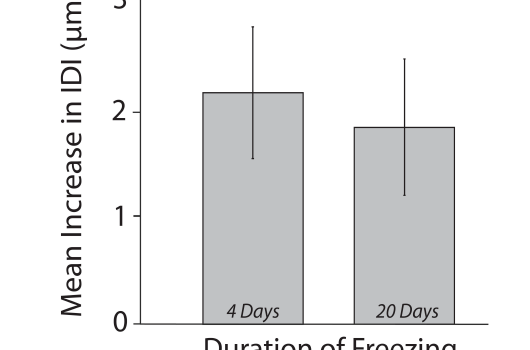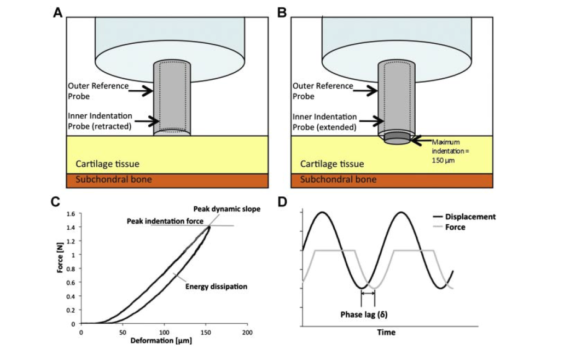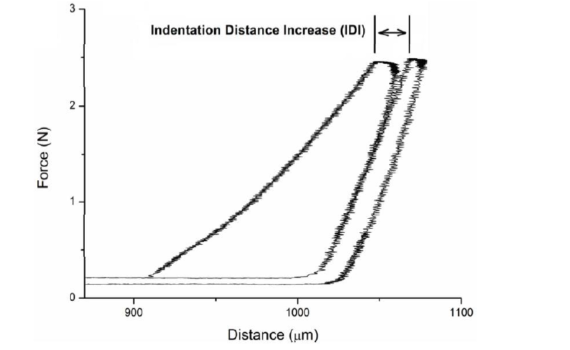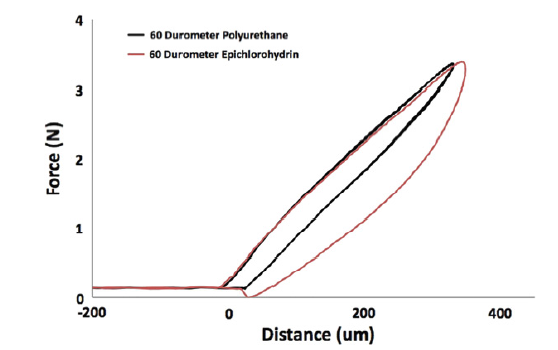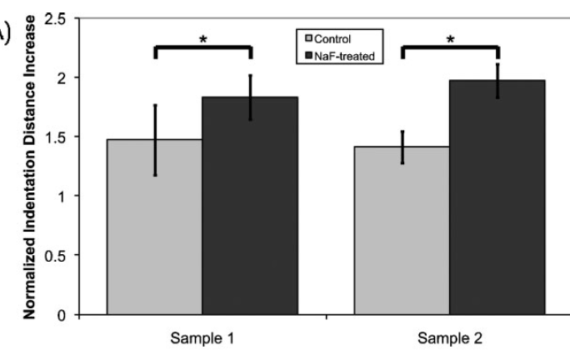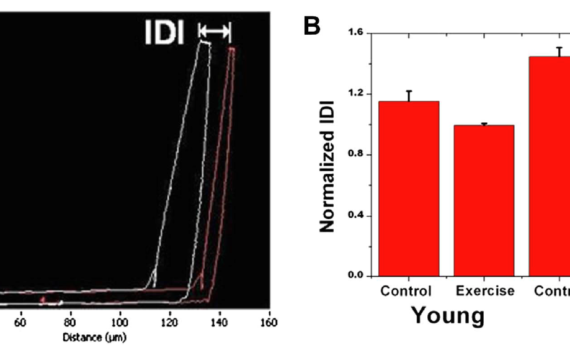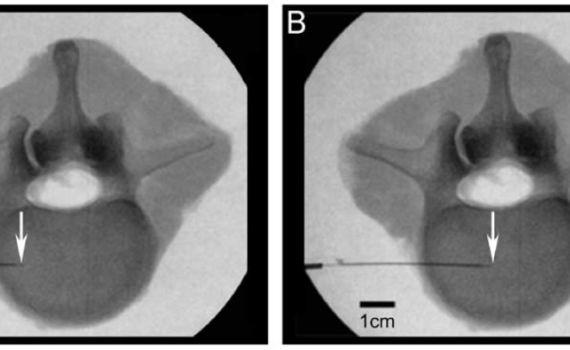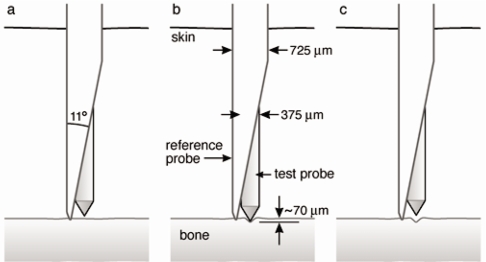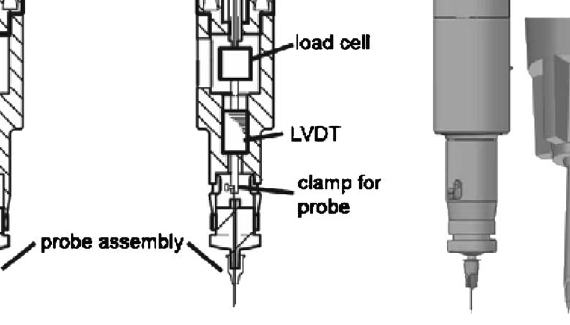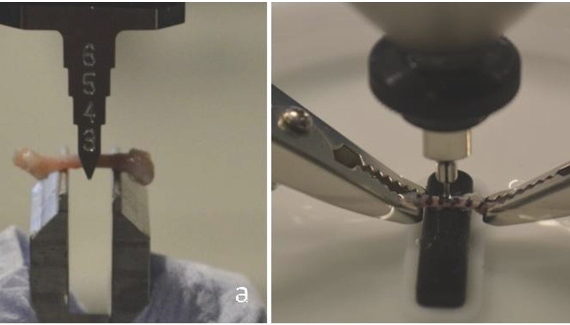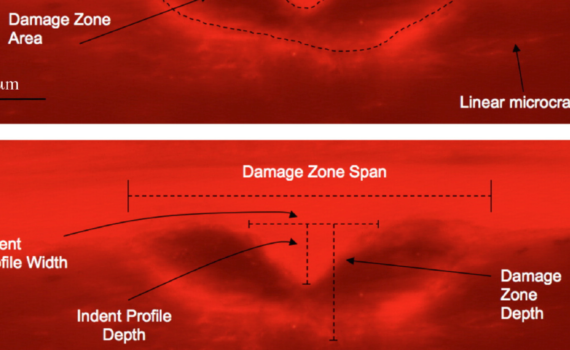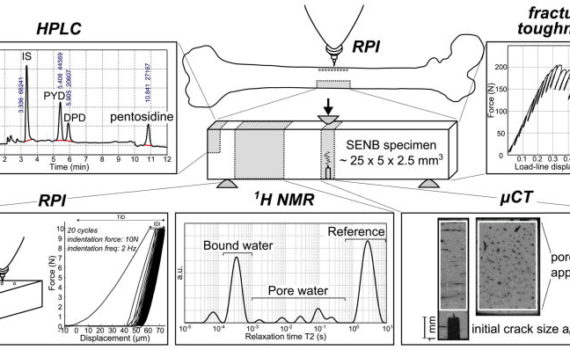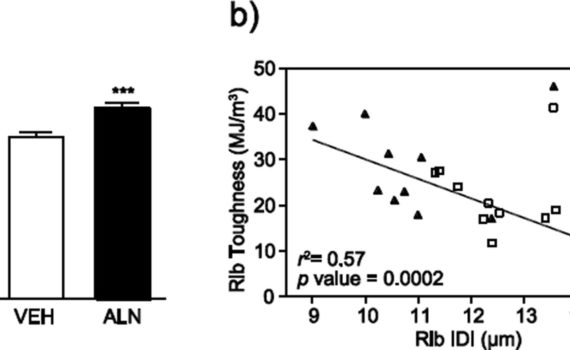Abstract Two hard botanical structures have been characterised in terms of mechanics and structure: the pseudofruit of Coix lacryma-jobi, a native plant of Southeast Asia, and the kernel of the drupe fruit of Thevetia peruviana, a native plant of tropical America. Two indentation techniques at different scales (micro and nano) were employed. […]
BioDent
Abstract In the present study, the possibility that a diabetic (DM) status might worsen age-related bone deterioration was explored in mice. Male CD-1 mice aged 2 (young control group) or 16 months, nondiabetic or made diabetic by streptozotocin injections, were used. DM induced a decrease in bone volume, trabecular number, […]
Abstract Type 2 diabetes (T2D) incidence in adolescents is rising and may interfere with peak bone mass acquisition. We tested the effects of early-onset T2D on bone mass, microarchitecture, and strength in the TALLYHO/JngJ mouse, which develops T2D by 8 weeks of age. We assessed metabolism and skeletal acquisition in […]
Abstract Osteoporosis is a silent disease, characterized by a porous bone micro-structure that enhances risk for fractures and associated disabilities. Senile, or age-related osteoporosis (SO), affects both men and women, resulting in increased morbidity and mortality. However, cellular and molecular mechanisms underlying senile osteoporosis are not fully known. Recent studies […]
Abstract The reference point indentation (RPI) method is a microindentation technique involving successive indentation cycles. We employed RPI to measure average stiffness (Ave US), indentation distance increase (IDI), total indentation distance (TID), average energy dissipated (Ave ED), and creep indentation distance (CID) of swine femoral cortical bone (mid-diaphysis) as a […]
Abstract BACKGROUND CONTEXT: It is well-established that disc mechanical properties degrade with degeneration. However, prior studies utilized cadaveric tissues from donors with undefined back pain history. Disc degeneration may present with pain at the affected motion segment, or it may be present in the absence of back pain. The mechanical […]
Abstract Exercise that mechanically loads the skeleton is advocated when young to enhance lifelong bone health. Whether the skeletal benefits of elevated loading when young persist into adulthood and after menopause are important questions. This study investigated the influence of a surgically induced menopause in female Sprague-Dawley rats on the […]
Abstract OBJECTIVES: The aim of this study was to investigate the capability of a novel reference point indentation apparatus to test the indentation properties of root canal surface dentine treated with three intracanal medicaments used in endodontic regeneration. MATERIALS AND METHODS: Immature human premolars were selected (n = 22). Four […]
Abstract he serious health risks posed by bone fractures create a growing need for accurately diagnosing fracture risk. The Reference Point Indentation instrument (RPI) directly measures key mechanical properties in vivo to assess bone fracturability. There is a wealth of information that could be obtained from measuring cryopreserved bone samples […]
Abstract The objective of this study is to examine the local relationship between T(1ρ) relaxation times and the mechanical behavior of human osteoarthritic articular cartilage using high-resolution magnetic resonance imaging (MRI) and local in situ microindentation. Seven human tibial plateaus were obtained from patients who underwent total knee arthroplasty due […]
ABSTRACT Characterization of bone is important as it aids in the understanding of bone pathologies and their corresponding treatments. Assessment of cortical bone morphology has been identified as an important aspect of overall bone quality as it contributes significantly to the mechanical strength of bone. In the first part of […]
Abstract An understanding of the mechanical behavior of polymers is critical towards the design, implementation, and quality control of such materials. Yet experiments and method for the characterization of material properties of polymers remain challenging due the need to reconcile constitutive assumptions with experimental conditions. Well-established modes of mechanical testing, […]
Abstract High doses of sodium fluoride in bones lead to severe softening, by weakening interfacial properties between the inorganic minerals and the organic components, while leaving mineralization unchanged. This leads to reduction of microdamage and associated stress‐whitening pointing to a change in failure mode. Accordingly, elastic modulus, failure stress, and […]
Abstract Here we describe modifications that allow the bone diagnostic instrument (BDI) [P. Hansma et al., Rev. Sci. Instrum. 79, 064303 (2008); Rev. Sci. Instrum. 77, 075105 (2006)], developed to test human bone, to test the femora of mice. These modifications include reducing the effective weight of the instrument on […]
Abstract Despite recent advances in imaging diagnostic technology and additional treatment options our ability to prevent or inhibit discogenic back pain has not drastically improved. The challenge of linking early degenerative patterns to dysfunction and pain remains. Using a novel material testing device designated the Tissue Diagnostic Instrument (TDI) we […]
Abstract The bone diagnostic instrument (BDI) is being developed with the long-term goal of providing a way for researchers and clinicians to measure bone material properties of human bone in vivo. Such measurements could contribute to the overall assessment of bone fragility in the future. Here, we describe an improved […]
ABSTRACT The bone diagnostic instrument is designed to measure materials properties of bone even if it is covered with soft tissue such as periosteum, connective tissueand skin. It uses (1) a probe assembly, consisting of a reference probe that penetrates soft tissue and stops on the surface of the bone and a test probe that is inserted into the bone, (2) an actuation […]
Abstract Bone fragility is a concern for aged and diseased bone. Measuring bone toughness and understanding fracture properties of the bone are critical for predicting fracture risk associated with age and disease and for preclinical testing of therapies. A reference point indentation technique (BioDent) has recently been developed to determine […]
Abstract Measurement of bone mineral density (BMD) is the clinical gold standard in cases of compromised skeletal integrity, such as with osteoporosis. While BMD is a useful measurement to index skeletal health, it is also limited since it cannot directly assess any mechanical properties. The ability to directly assess mechanical […]
Abstract Fracture risk does not solely depend on strength but also on fracture toughness, i.e. the ability of bone material to resist crack initiation and propagation. Because resistance to crack growth largely depends on bone properties at the tissue level including collagen characteristics, current X-ray based assessment tools may not […]
Abstract Traditional bone mechanical testing techniques require excised bone and destructive sample preparation. Recently, a cyclic-microindentation technique, reference-point indentation (RPI), was described that allows bone to be tested in a clinical setting, permitting the analysis of changes to bone material properties over time. Because this is a new technique, it […]

